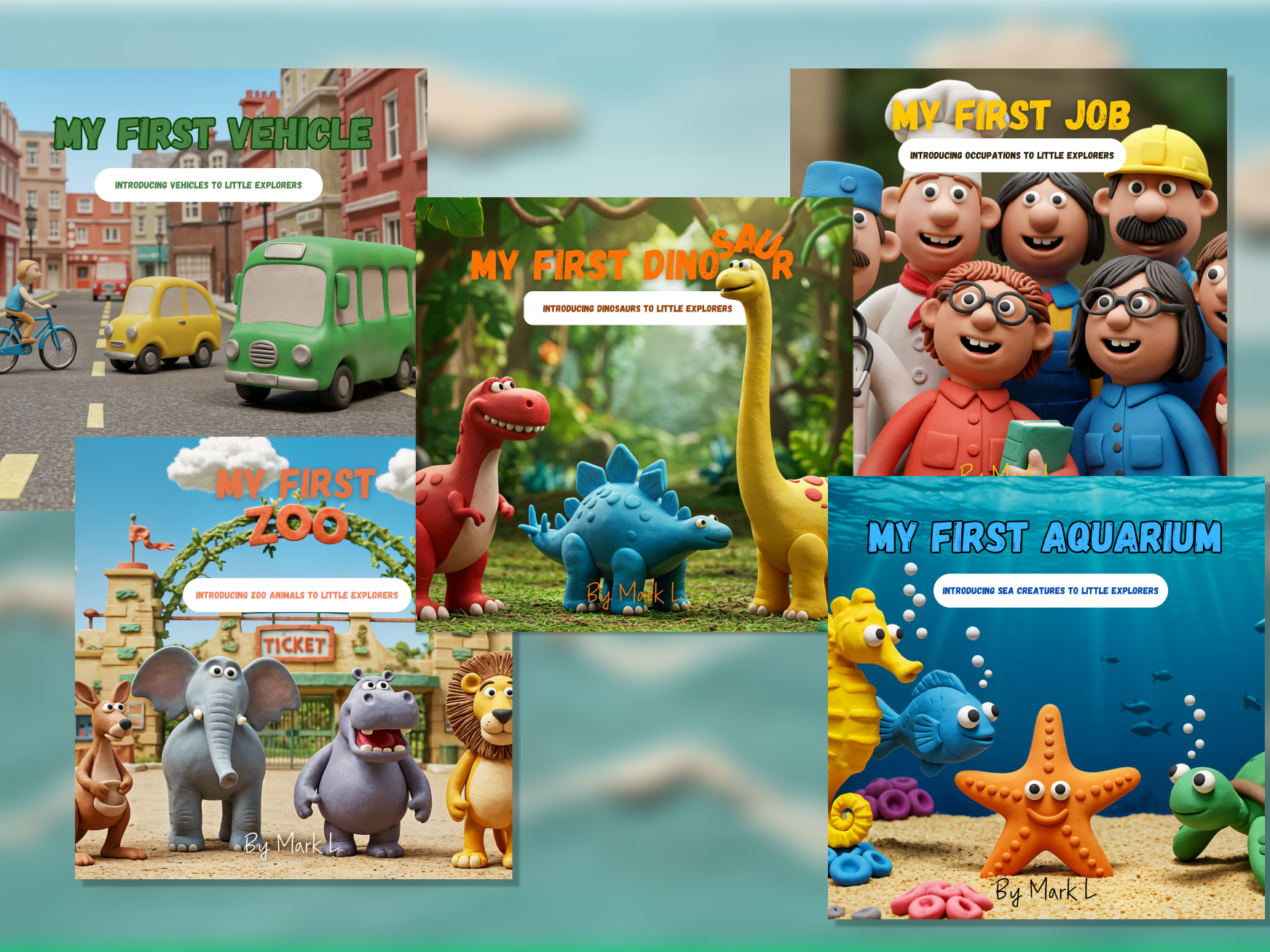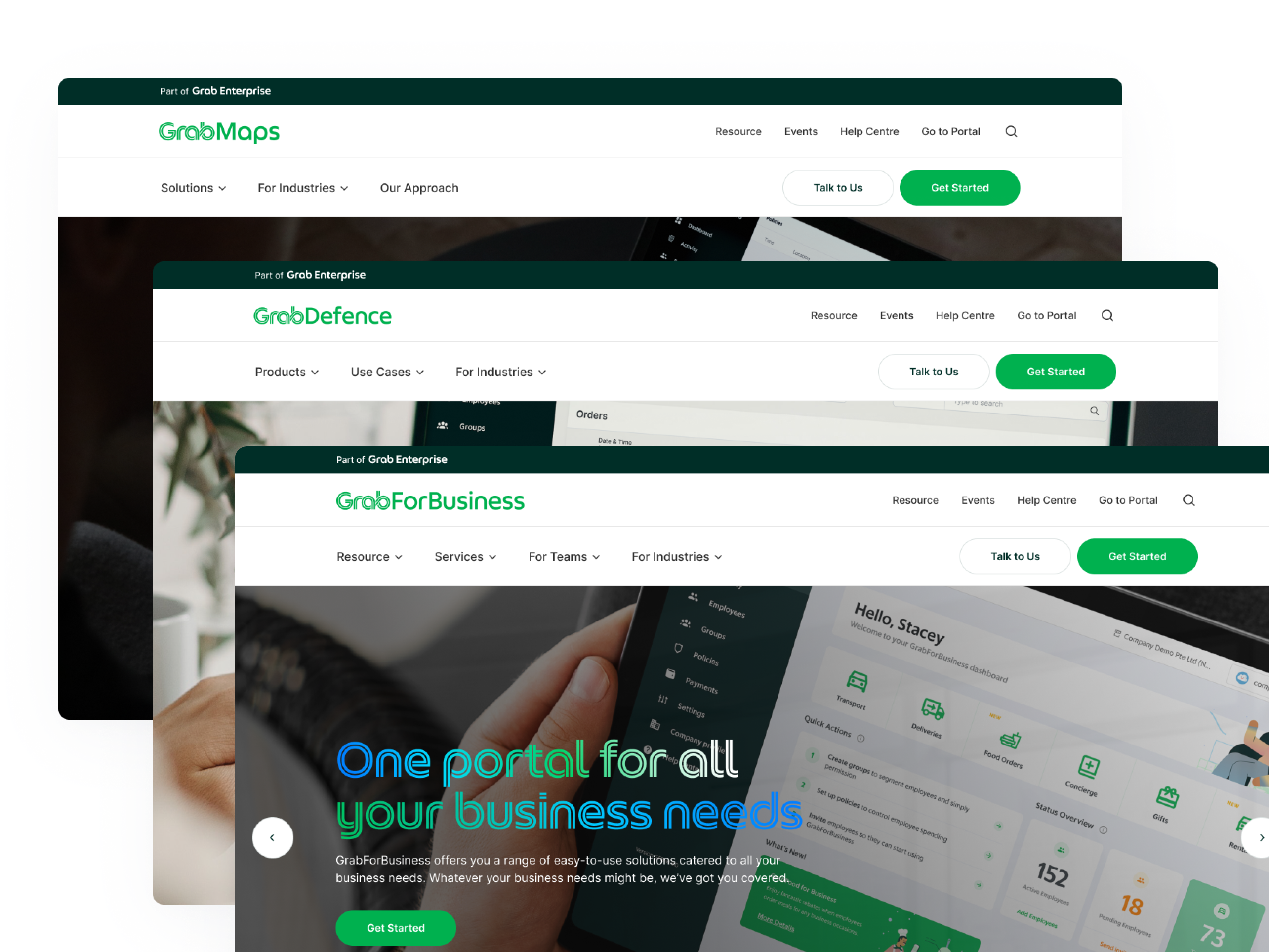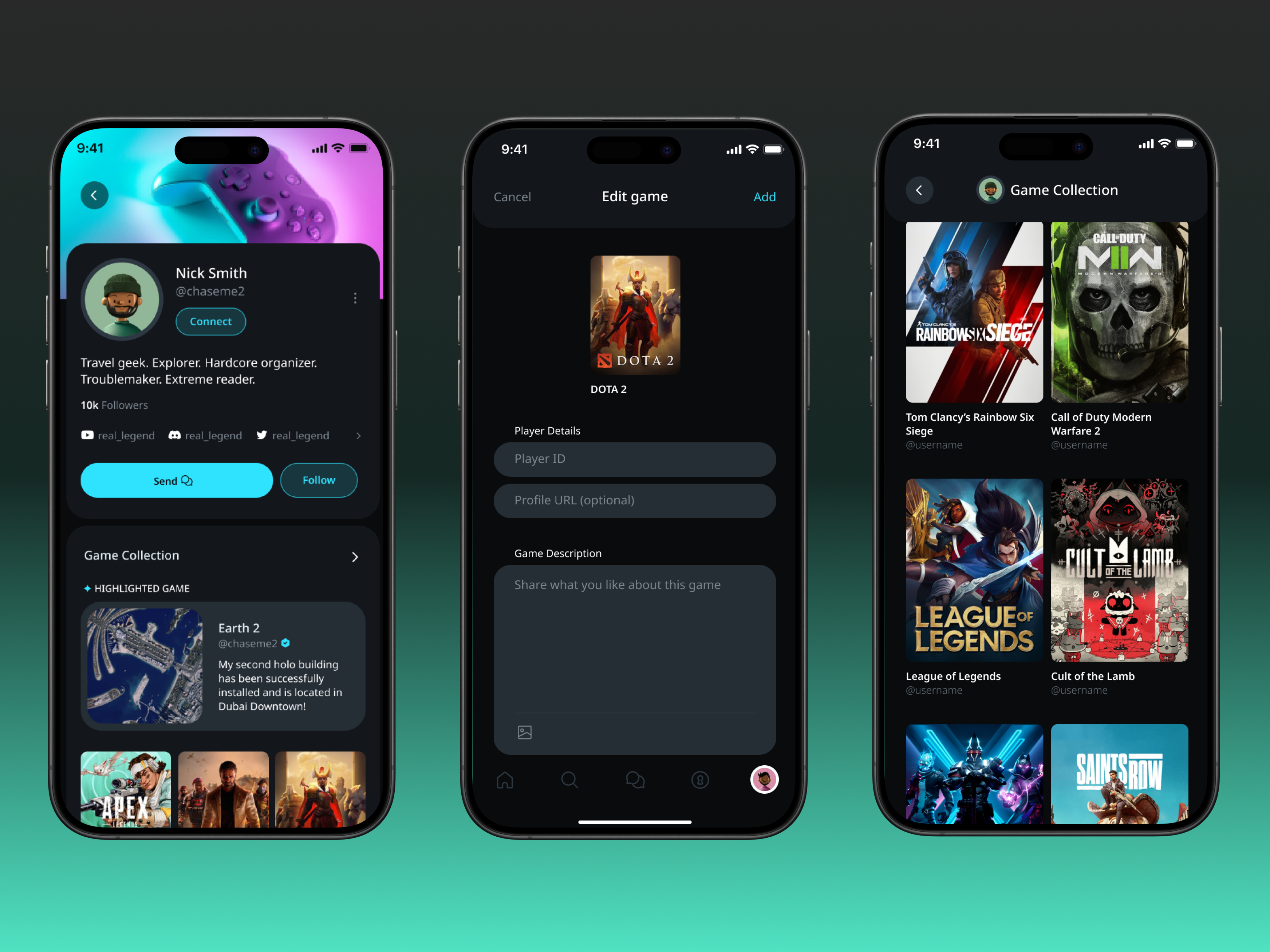Project Goal
MetLife Korea needed a faster, more intuitive support experience to ease customer frustrations.
I worked across UX research, experience strategy, and conversation design to help users get clear answers -
quickly, easily, and right when it was needed.
I worked across UX research, experience strategy, and conversation design to help users get clear answers -
quickly, easily, and right when it was needed.
User Research: Understanding Behaviors to Spot Opportunities
Approach:
Before diving into design, I worked with a cross-functional team to analyze user behavior to identify pain points and opportunities:
Before diving into design, I worked with a cross-functional team to analyze user behavior to identify pain points and opportunities:
Data Collection:
I gathered user movement data across app and web platforms, focusing on interactions before inquiry submissions.
I gathered user movement data across app and web platforms, focusing on interactions before inquiry submissions.
Key Insights:
- Identified the top 7 recurring query types, noting overlaps in user concerns.
- Analyzed frequently visited pages to understand areas of confusion and preferred devices.
Outcome:
These insights were then distilled into key findings that informed
the general strategy and set the foundation for the app narrative.
These insights were then distilled into key findings that informed
the general strategy and set the foundation for the app narrative.
Experience Strategy: Designing Timely Support with Chatbots
Mobile-First Design:
Recognizing user preferences for mobile access, we prioritized a mobile-first approach, aligning with feedback like:
Recognizing user preferences for mobile access, we prioritized a mobile-first approach, aligning with feedback like:
"I like to have my policy information in my pocket, like a checklist."
Chatbot Placement Strategy:
I then partnered with the design team to identify and prototype four strategic entry points for the chatbot, including a trigger after 40 seconds of user inactivity. This 'moment-of-need' activation was aimed at assisting users precisely when they required help, enhancing engagement.
I then partnered with the design team to identify and prototype four strategic entry points for the chatbot, including a trigger after 40 seconds of user inactivity. This 'moment-of-need' activation was aimed at assisting users precisely when they required help, enhancing engagement.
Conversational Guidelines:
Lastly, to ensure scalability beyond the 7 identified trouble areas, I crafted comprehensive guidelines to ensure consistent tone and brand consistency
across all chatbot interactions.
Lastly, to ensure scalability beyond the 7 identified trouble areas, I crafted comprehensive guidelines to ensure consistent tone and brand consistency
across all chatbot interactions.
Conversation Design: Crafting Flows That Guide, Not Frustrate
The conversational flows were then built in several steps.
The conversational flows were then built in several steps.
Building the conversation tree
I used the now-defunct BotSociety to map out seven key conversation flows using a algorithm tree structure.
I used the now-defunct BotSociety to map out seven key conversation flows using a algorithm tree structure.
Setting up personalisation:
I identified points between static (e.g., user name) and dynamic
(e.g., policy balance) information to tailor responses.
I identified points between static (e.g., user name) and dynamic
(e.g., policy balance) information to tailor responses.
Formatting account-specific responses:
To better cater for outlier queries, I included as many variants as possible. This included how to format hard data, such as account details and complementary CTAs.
This included:
Account Details: Presented as checklists for clarity.
To better cater for outlier queries, I included as many variants as possible. This included how to format hard data, such as account details and complementary CTAs.
This included:
Account Details: Presented as checklists for clarity.
Policy Balance Inquiries: Included prompts about topping up or policy cancellation.
Handling Sensitive Topics: For delicate matters like policy cancellation, I crafted a range of responses that provided the requested information upfront without upselling.
Offered alternative options to retain users within the ecosystem, aligning with MetLife's value of 'being there for the user'.
Key Takeaways
Support content should never feel like a maze. Rather, it should feel like a supportive friend.
By blending smart UX writing, strategic experience design, and human-first conversation flows,
we helped MetLife deliver faster answers, reduce user friction, and build trust with their customers.
we helped MetLife deliver faster answers, reduce user friction, and build trust with their customers.







